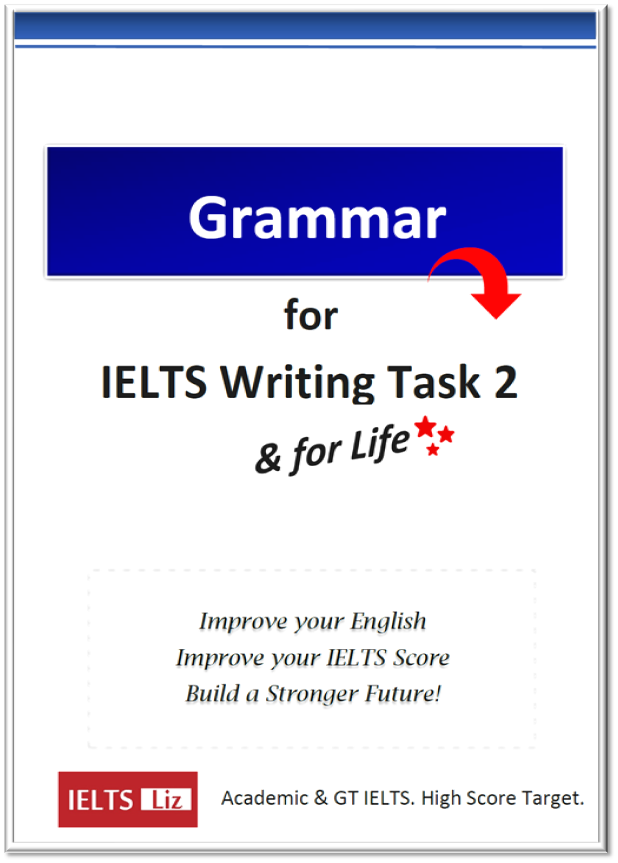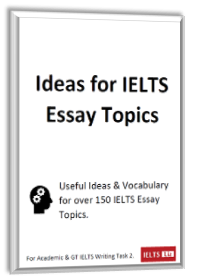It is common to get the topic of travel or transport in IELTS speaking part 1. These topics can actually be divided into subtopics which are all be asked in part 1, see the list below:
- Holidays
- Weekend Breaks
- Hotels
- Traveling Abroad & Culture
- Public Holidays (Celebrations and Festivals)
- Days off work
- Trips
- Journeys
- Tourist Attractions
- Historical Attractions
- Museums and Galleries
- Statues and Monuments
- Private & Public Transport
-
- Bicycles
- Cars
-
- Driving
- Buses
-
- Trains
- Planes
- Walking
- Getting Around
- Roads
- Traffic
As you can see above, there are a number of subtopics for the topics of travel and transport. Make sure you prepare a range of ideas and vocabulary for all topics and subtopics.








